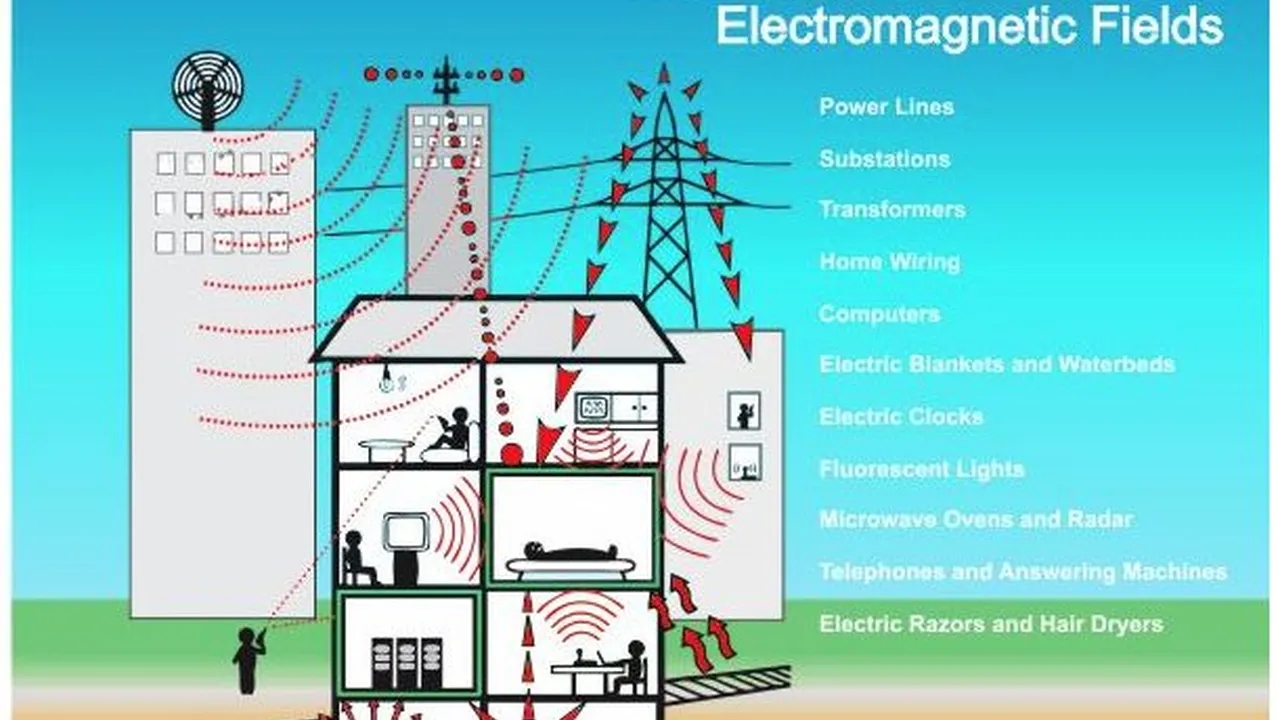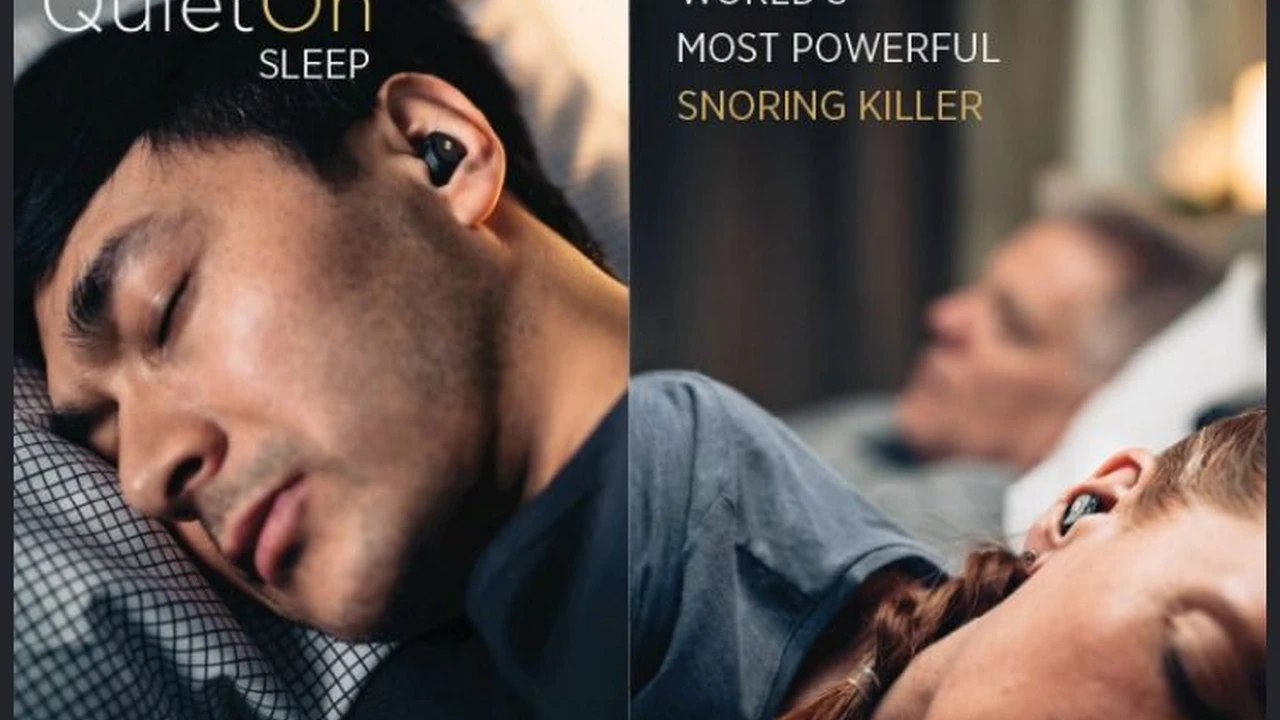Seasonal EMF Protection Strategies for Your Home
Protect yourself from EMF exposure with seasonal strategies for your home. Reduce electromagnetic field impact on your health.

Seasonal EMF Protection Strategies for Your Home
Understanding EMFs and Their Seasonal Impact
Alright, let's talk about EMFs – Electromagnetic Fields. You're probably hearing more and more about them these days, and for good reason. We're surrounded by them, from our Wi-Fi routers and cell phones to power lines and even the wiring in our walls. While some EMFs are natural, like those from the Earth's magnetic field, many are man-made, and that's where the concern often lies. The big question is, do these man-made EMFs affect our health, and if so, how can we protect ourselves, especially as seasons change?
Think about it: in winter, we're often cooped up indoors, relying heavily on electronic devices for work, entertainment, and staying connected. This means more exposure to Wi-Fi, Bluetooth, and cellular signals within a confined space. Come summer, we might be spending more time outdoors, but then you're dealing with different types of exposure, perhaps from smart meters on homes or even increased use of portable electronic devices in parks or on beaches. The seasonal aspect isn't necessarily about the EMFs themselves changing, but rather our exposure patterns and how our bodies might be more or less resilient depending on the time of year and our overall health.
Some people report feeling more sensitive to EMFs during certain times, perhaps when their immune system is already under stress from seasonal allergies or winter colds. Others might find that increased screen time during shorter winter days exacerbates symptoms like headaches or fatigue. It's a complex topic, and while the scientific community is still researching the long-term effects, many biohackers and health-conscious individuals are taking proactive steps to reduce their exposure. And that's what we're going to dive into today: practical, seasonal strategies to make your home a safer haven from electromagnetic pollution.
Assessing Your Home's EMF Hotspots and Seasonal Usage
Before you start buying gadgets, the first step in any good EMF protection plan is to figure out where your biggest exposures are coming from. It's like trying to fix a leaky roof without knowing where the holes are! This is where an EMF meter comes in handy. You can get relatively affordable ones that measure different types of EMFs: magnetic fields (from electrical currents), electric fields (from unshielded wiring and appliances), and radiofrequency (RF) radiation (from Wi-Fi, cell phones, smart meters, etc.).
Walk around your home with the meter. Pay special attention to areas where you spend a lot of time: your bedroom, home office, living room. Check near your Wi-Fi router, smart TV, microwave, and even your refrigerator. You might be surprised by what you find. For instance, that smart meter on the outside of your house could be beaming significant RF radiation into your bedroom wall. Or that old lamp next to your bed might be emitting high electric fields.
Now, let's layer in the seasonal aspect. In winter, are you spending more time huddled near your smart thermostat or using electric blankets? In summer, are you running more fans or air conditioners, which can also generate magnetic fields? Are your kids spending more time on gaming consoles indoors during school breaks? Understanding these seasonal usage patterns will help you prioritize where to focus your efforts. For example, if you're working from home more in the colder months, optimizing your office space for low EMFs becomes crucial. If you're spending more time in the backyard in warmer weather, you might want to consider the smart meter's proximity to your outdoor seating area.
You don't need to become an expert physicist, but a basic understanding of your home's EMF landscape is empowering. It allows you to make informed decisions rather than just guessing. There are plenty of online resources and YouTube videos that can guide you on how to use an EMF meter effectively. It's an investment, but one that gives you concrete data to work with.
Strategic Placement and Device Management for Reduced Exposure
Once you know your hotspots, you can start implementing some strategic changes. This is often the easiest and most cost-effective way to reduce EMF exposure. It's about being smart with where you put things and how you use them.
Wi-Fi Router Optimization for Seasonal Use
Your Wi-Fi router is a major source of RF radiation. The good news is, you have control over it. First, consider its placement. Don't put it in your bedroom or right next to your desk. Ideally, place it in a central location, away from areas where you spend a lot of time. Second, and this is a big one: turn it off when you're not using it, especially at night. Many routers have timers you can set, or you can simply unplug it. This is particularly important during winter when you might be spending more time indoors and sleeping longer. Reducing nighttime exposure allows your body to repair and regenerate without constant electromagnetic stress.
For those who are really serious, consider hardwiring your internet connection with Ethernet cables. This eliminates the need for Wi-Fi altogether in certain areas, like your home office or living room. You can still have Wi-Fi for portable devices, but you'll significantly reduce your overall exposure.
Smart Device Management and Seasonal Disconnection
Smart devices are everywhere: smart TVs, smart speakers, smart appliances. While convenient, they're constantly emitting RF signals. The key here is mindful usage. Do you really need your smart TV's Wi-Fi on all the time? Many smart TVs can be connected via Ethernet. For smart speakers, consider unplugging them when not in use, especially in bedrooms. During seasons when you might be using certain smart devices less (e.g., outdoor smart lighting in winter), consider turning them off or unplugging them.
Think about your phone too. Put it in airplane mode when you're not actively using it, especially at night. Don't sleep with it under your pillow. If you use it as an alarm, put it in airplane mode. This is a simple yet powerful habit that can significantly reduce your daily RF exposure.
Minimizing Corded and Wireless Phone Exposure
Cordless phones (DECT phones) emit pulsed microwave radiation, similar to Wi-Fi, even when not in use. If you still have one, consider switching back to a good old-fashioned corded landline phone. They're virtually EMF-free. If you must use a cordless phone, keep the base station away from living areas and bedrooms.
For cell phones, use speakerphone or air-tube headphones to keep the device away from your head. Avoid carrying your phone directly on your body, especially in pockets or bras. Use a bag or purse. And remember, signal strength matters: your phone works harder and emits more radiation when the signal is weak, so try to make calls in areas with good reception.
Shielding Solutions and Protective Gear for Your Home
Sometimes, strategic placement isn't enough, especially if you live near cell towers, smart meters, or have significant wiring issues. This is where shielding comes in. Think of it like putting up a physical barrier to block or redirect EMFs.
EMF Shielding Paint and Fabrics for Walls and Windows
Yes, you can actually paint your walls to block EMFs! EMF shielding paint contains conductive materials that create a barrier against RF radiation. It's often used in bedrooms or nurseries to create a 'faraday cage' effect. You paint it on, then apply a regular topcoat. It's a more permanent solution and can be quite effective. Similarly, there are EMF shielding fabrics that can be used for curtains or bed canopies. These are great for windows, especially if you have a cell tower or smart meter nearby. During winter, when windows are often closed, these can be particularly effective at blocking external RF sources.
Product Recommendation: YSHIELD HSF54 Shielding Paint
- Description: A highly effective, carbon-based shielding paint for protection against high-frequency (RF) and low-frequency (LF) electric fields. It's breathable, solvent-free, and low-emission.
- Usage: Apply to interior walls and ceilings. Requires grounding.
- Comparison: Offers broad-spectrum shielding. Some other paints might be less effective against LF fields.
- Price: Approximately $150 - $250 per liter, depending on supplier and quantity. Coverage is typically 7.5 sq meters per liter per coat.
Product Recommendation: Swiss Shield Naturell Fabric
- Description: A transparent, unbleached cotton fabric with silver-plated copper fibers woven in, providing excellent RF shielding.
- Usage: Ideal for making curtains, bed canopies, or even clothing.
- Comparison: Known for its breathability and natural feel compared to synthetic shielding fabrics.
- Price: Approximately $50 - $80 per linear meter.
Smart Meter Covers and Router Guards for Targeted Protection
Smart meters are a common concern due to their constant pulsing RF emissions. A smart meter cover is a metal cage that fits over your smart meter, significantly reducing the radiation that penetrates your home. They're relatively easy to install and can make a big difference, especially if your smart meter is on a wall adjacent to a bedroom or living area. This is a year-round concern, but if you're spending more time indoors during certain seasons, the impact of a nearby smart meter becomes more pronounced.
Similarly, Wi-Fi router guards are enclosures that reduce the RF output of your router. They don't block the signal entirely, but they can significantly attenuate it, making your Wi-Fi less powerful but also less emissive. This is a good option if you can't hardwire your internet but still want to reduce exposure.
Product Recommendation: Smart Meter Guard (e.g., from Smart Meter Guard LLC)
- Description: A stainless steel mesh cage designed to fit over standard smart meters, reducing RF radiation by up to 98%.
- Usage: Installs directly over your existing smart meter.
- Comparison: Simple, effective, and doesn't interfere with meter readings. Some DIY solutions exist but may not be as effective or durable.
- Price: Approximately $80 - $150.
Product Recommendation: Router Guard (e.g., from Faraday Defense)
- Description: A Faraday cage enclosure for Wi-Fi routers, designed to reduce RF emissions while still allowing Wi-Fi signal to pass through at a reduced strength.
- Usage: Place your Wi-Fi router inside the guard.
- Comparison: Offers a balance between reducing EMFs and maintaining wireless connectivity. Alternative is hardwiring.
- Price: Approximately $60 - $100.
Grounding Mats and Earthing Sheets for Seasonal Connection
While not directly shielding from man-made EMFs, grounding (or earthing) is a powerful practice that can help your body neutralize the effects of electric fields and potentially reduce inflammation. Grounding involves connecting your body directly to the Earth's electrical potential. This can be done by walking barefoot outdoors, but for indoor use, grounding mats and sheets are popular. These products connect to the ground port of your electrical outlet (which is connected to the Earth) and allow you to be grounded while sleeping or working.
During winter, when you're less likely to be walking barefoot outdoors, grounding mats and sheets become even more valuable. They allow you to maintain that vital connection to the Earth, which many believe helps with overall well-being and resilience to environmental stressors, including EMFs. Some people report better sleep, reduced pain, and improved mood when regularly grounding.
Product Recommendation: Earthing Universal Mat
- Description: A versatile conductive mat that connects to the ground port of an electrical outlet, allowing you to ground yourself while sitting or standing.
- Usage: Place under your feet while working, or on your bed while sleeping.
- Comparison: A good entry-level grounding product. Earthing sheets offer more full-body contact.
- Price: Approximately $70 - $100.
Product Recommendation: Earthing Sleep Mat or Sheet
- Description: Conductive sheets or mats designed to be placed on your bed, allowing for continuous grounding throughout the night.
- Usage: Sleep directly on the sheet or mat.
- Comparison: Provides more extensive body contact than a small mat, potentially leading to greater benefits.
- Price: Approximately $150 - $300+, depending on size and material.
Lifestyle Adjustments and Biohacking Practices
Beyond physical shielding, there are also lifestyle adjustments and biohacking practices that can help your body cope with EMF exposure and enhance your overall resilience. These are important year-round but can be particularly beneficial during seasons when you might feel more vulnerable or spend more time indoors.
Nutritional Support for EMF Resilience
A healthy diet rich in antioxidants can help your body combat oxidative stress, which some research suggests can be exacerbated by EMF exposure. Focus on whole, unprocessed foods, plenty of fruits and vegetables, and healthy fats. Consider incorporating foods rich in magnesium (leafy greens, nuts, seeds), selenium (Brazil nuts), and zinc (oysters, pumpkin seeds), as these minerals play roles in cellular protection and detoxification. During winter, when fresh produce might be less abundant, consider supplementing with a good quality multivitamin or specific antioxidants like Vitamin C, Vitamin E, and Alpha-Lipoic Acid.
Optimizing Sleep Environment and Circadian Rhythm
Sleep is your body's time to repair and regenerate. A dark, quiet, and low-EMF sleep environment is crucial. As mentioned, turn off Wi-Fi at night and put phones in airplane mode. Consider using a battery-powered alarm clock instead of your phone. During winter, when days are shorter, it's even more important to optimize your circadian rhythm. Get morning sunlight exposure (even if it's cloudy) to signal to your body that it's daytime. In the evenings, dim lights and avoid blue light from screens to promote melatonin production. This helps your body's natural repair processes, making it more resilient to various stressors, including EMFs.
Regular Movement and Time in Nature
Physical activity and spending time in nature are powerful biohacks for overall health and stress reduction. Regular exercise helps improve circulation, reduce inflammation, and boost your immune system. Getting outdoors, especially in green spaces, can be incredibly grounding and restorative. Even in colder months, bundle up and take a walk. In warmer seasons, maximize your time outdoors. This natural exposure can help balance out the time you spend in more EMF-dense indoor environments.
Mindfulness and Stress Reduction Techniques
Chronic stress can weaken your body's ability to cope with environmental stressors, including EMFs. Incorporate mindfulness practices like meditation, deep breathing exercises, or yoga into your daily routine. These practices can help calm your nervous system, reduce anxiety, and improve your overall resilience. During busy or stressful seasons, making time for these practices becomes even more critical for maintaining your well-being.
Putting It All Together for a Healthier Home
Protecting your home from EMFs isn't about living in a bubble or becoming a technophobe. It's about being aware, making informed choices, and implementing practical strategies to reduce your exposure and enhance your body's natural resilience. Start with the easiest and most impactful changes, like turning off Wi-Fi at night and hardwiring devices where possible. Then, if you feel it's necessary, explore shielding solutions for specific hotspots.
Remember, your home should be a sanctuary, a place where your body can rest, repair, and thrive. By taking a proactive approach to EMF protection, adapted to your seasonal habits and needs, you're investing in your long-term health and well-being. It's a journey, not a destination, and every step you take towards a lower-EMF environment is a step towards a healthier you.
:max_bytes(150000):strip_icc()/277019-baked-pork-chops-with-cream-of-mushroom-soup-DDMFS-beauty-4x3-BG-7505-5762b731cf30447d9cbbbbbf387beafa.jpg)






